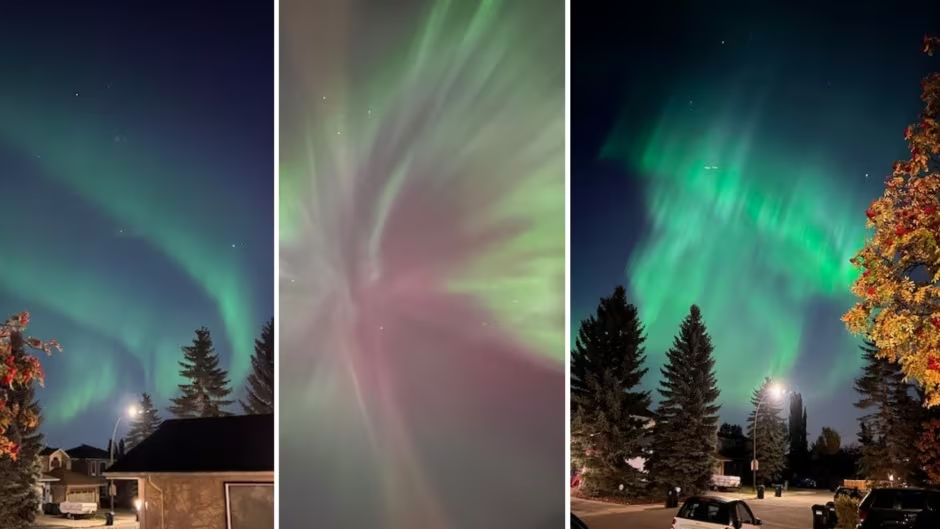 In an exciting new development, a team of Calgary-based scientists has published groundbreaking research shedding light on the vibrant colors of the aurora borealis. Using advanced atmospheric simulations and satellite data, the study offers new insights into the mechanisms that produce the captivating hues—ranging from green and pink to rare shades of red and violet—that dance across northern skies.
In an exciting new development, a team of Calgary-based scientists has published groundbreaking research shedding light on the vibrant colors of the aurora borealis. Using advanced atmospheric simulations and satellite data, the study offers new insights into the mechanisms that produce the captivating hues—ranging from green and pink to rare shades of red and violet—that dance across northern skies.
The aurora borealis, or Northern Lights, occurs when charged particles from the sun collide with gases in Earth’s upper atmosphere, creating glowing light emissions. While the phenomenon has been studied for decades, questions around the origins of specific colors and their intensity have long puzzled researchers. The Calgary study breaks new ground by showing how altitude and the presence of different gases, such as oxygen and nitrogen, play critical roles in determining auroral colors.
According to the researchers, oxygen emissions at higher altitudes generate red auroras, while lower-altitude oxygen collisions create the more common green glow. Nitrogen interactions, on the other hand, contribute to the purple and pink tints. The team also discovered that solar wind speed significantly impacts the brightness and extent of auroral displays, a finding that could help improve forecasting.
This research comes at an ideal time, as solar activity is expected to increase in the coming years, leading to more frequent aurora sightings. The team hopes that their findings will enhance aurora prediction models and deepen public appreciation of this natural wonder.
In interviews, the Calgary scientists expressed excitement about the potential applications of their work, including collaborations with space weather forecasters. “This study not only explains the science behind these beautiful displays but also highlights how space weather impacts our atmosphere,” one researcher noted.
The study has already generated significant buzz in both academic circles and the broader public, especially among aurora enthusiasts. With the promise of more colorful nights ahead, researchers are hopeful that their findings will inspire further exploration of Earth’s atmospheric phenomena.
